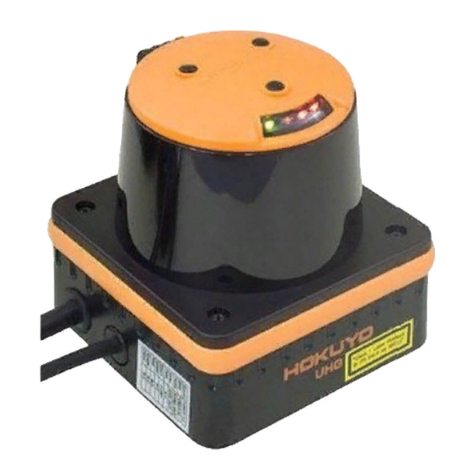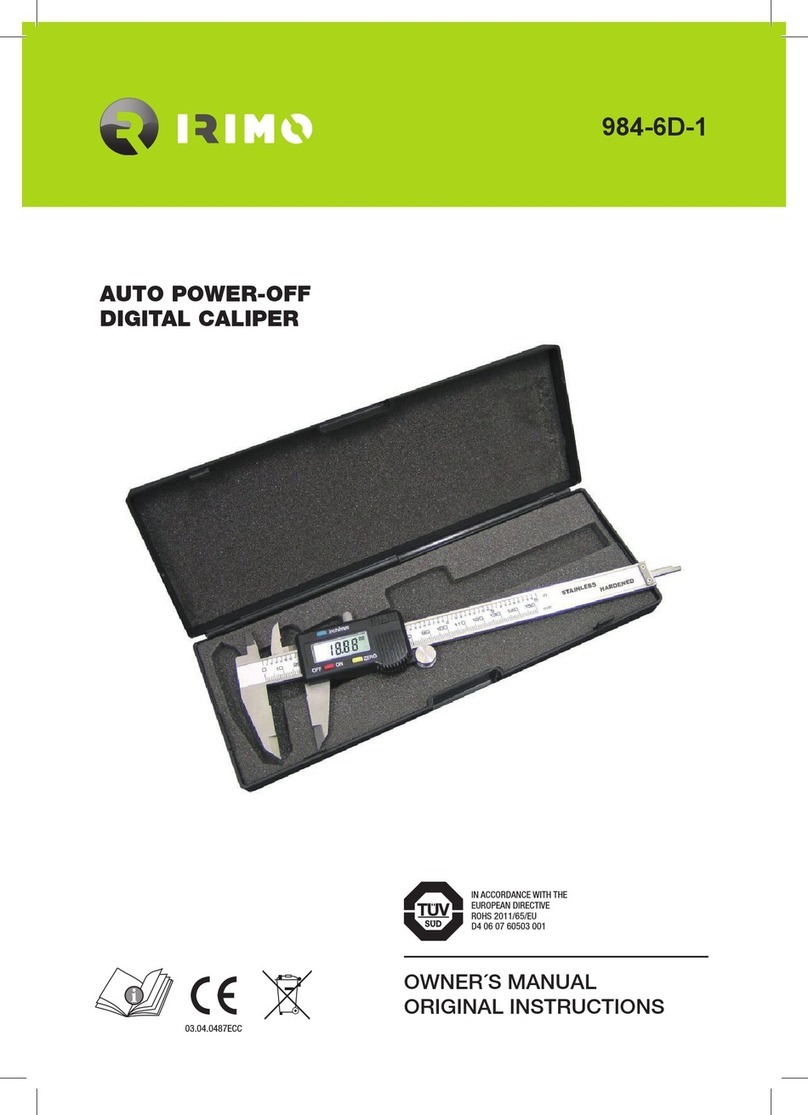
Document No: C-41-02567
2
5.1 Caution for installation.......................................................................................................................26
5.2 Optical axis adjustment ......................................................................................................................27
5.3 Light interference................................................................................................................................27
5.4 Mutual intreference.............................................................................................................................28
5.5 Synchronous operation .......................................................................................................................29
5.5.1 Example of phase setting................................................................................................................30
6. Wiring.........................................................................................................................................................32
6.1 Precautions...........................................................................................................................................32
6.2 Power supply........................................................................................................................................32
6.3 Wire colour and function....................................................................................................................33
6.4 Input/Output circuit............................................................................................................................34
6.4.1 Input circuit ....................................................................................................................................34
6.4.2 Output circuit..................................................................................................................................34
6.5 Interface connector...............................................................................................................................35
7. Setting of Area Designer .........................................................................................................................36
7.1 Area Designer.......................................................................................................................................36
7.2 System requirements...........................................................................................................................36
8. Communication .........................................................................................................................................38
8.1 Ethernet setting....................................................................................................................................38
8.1.1 Initial value....................................................................................................................................38
8.1.2 IP Initialization .............................................................................................................................38
8.2 Communication protocol ....................................................................................................................39
8.3 Error code table...................................................................................................................................39
8.4 Detail on measurement values............................................................................................................39
9. Inspection and maintenance ...................................................................................................................40
9.1 Pre-operation inspection.......................................................................................................................41
9.2 Operation inspection.............................................................................................................................41
9.3 Daily inspection......................................................................................................................................42
9.4 Periodical inspection .............................................................................................................................43
9.5 Cleaning the optical window.................................................................................................................44
10 Trobleshooting ..........................................................................................................................................45
11. Specification.............................................................................................................................................47
12. Applicable directives and standards ......................................................................................................49
13. Package contents ...................................................................................................................................50
14. External dimension..................................................................................................................................51
15. Revision history.......................................................................................................................................52
16. Represntative contacts............................................................................................................................53






























